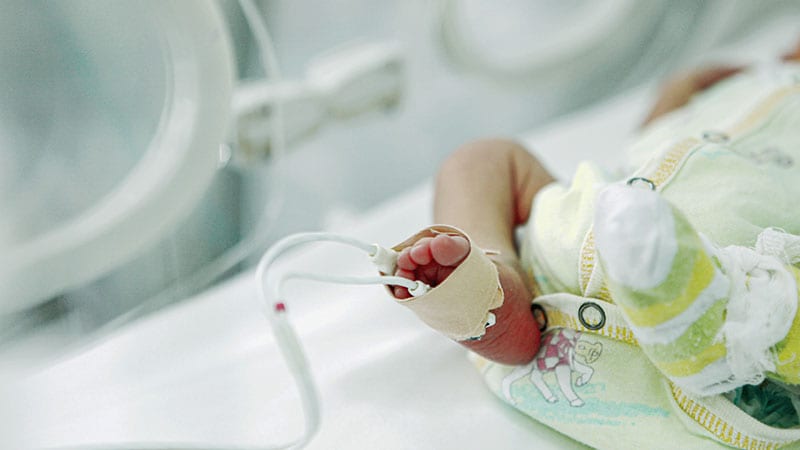Tech
Bacteremia in NICU Linked to Increased Mortality Risk

TOPLINE:
Hospital-onset bacteremia (HOB) in the neonatal intensive care unit (NICU) is associated with increased mortality, according to a study that also identified birth weight and postnatal age as risk factors for HOB.
METHODOLOGY:
- This multicenter retrospective cohort study was conducted from 2016 to 2021 and included 451,443 infants (55.6%, men; 44.4% women) admitted to seven academically affiliated NICUs and 315 NICUs in the Pediatrix Medical Group for ≥ 4 days.
- The primary outcomes were HOB and HOB-attributable mortality.
- The association of birth weight and postnatal age with HOB risk was also assessed.
TAKEAWAY:
- A total of 9015 HOB events were reported, and 54% events occurred without a central line in place.
- Overall, the HOB incidence rate was 1.1 per 1000 patient-days (95% CI, 1.0-1.2). In the first 2 weeks after birth, the rate was 0.4 events per 1000 patient-days among infants with a birth weight of 1501-2500 g (95% CI, 0.3-0.4) or > 2500 g (95% CI, 0.4-0.5).
- After 42 days vs 4-14 days, the risk for HOB decreased by 90% (incidence rate ratio [IRR], 0.10; 95% CI, 0.1-0.1) in infants with a birth weight ≤ 750 g (IRR, 0.10; 95% CI, 0.1-0.1) but increased by 50% (IRR, 1.5, 95% CI, 1.2-1.9) in infants with a birth weight > 2500 g.
- The pooled estimate of the absolute difference in the 7-day cumulative risk for mortality in the NICU between infants with HOB and those without HOB was 5.5% (95% CI, 4.7%-6.3%).
IN PRACTICE:
“Together, HOB surveillance and targeted prevention strategies could decrease HOB rates and improve infant outcomes,” the authors wrote.
SOURCE:
The study was led by Erica C. Prochaska, MD, Johns Hopkins University School of Medicine in Baltimore, Maryland. It was published online on June 24, 2024, in JAMA Pediatrics.
LIMITATIONS:
The study sample did not represent all infants hospitalized in NICUs across the United States. The study did not include the data of infants who died after being transferred to a participating site or those who had a positive blood culture prior to the transfer. The set of infant and site-level acuity characteristics used to match infants might include unmeasured confounders.
DISCLOSURES:
This study was supported in part by the Centers for Disease Control and Prevention and grants from the National Institutes of Health. Several authors declared receiving personal fees, consultancy fees, grants, or funding from various sources.
This article was created using several editorial tools, including AI, as part of the process. Human editors reviewed this content before publication.










